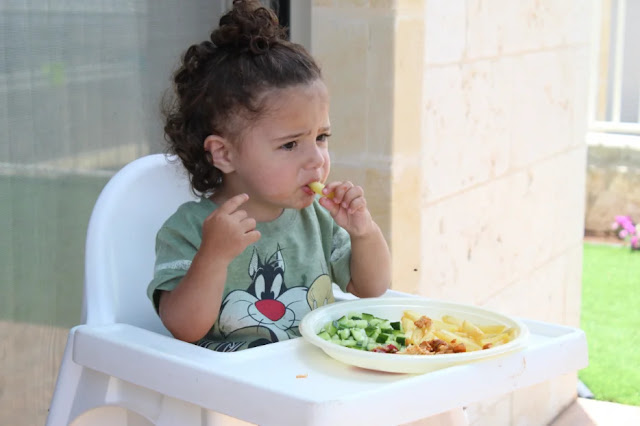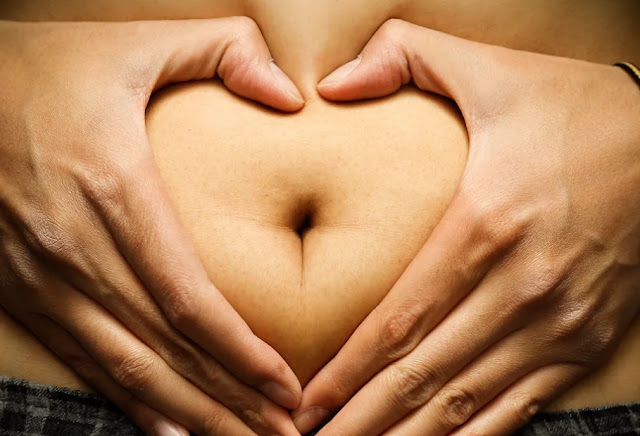Healthy Eating For Kids And Teenagers
Kids are in growing up phase until they are 18 years old. It’s important to feed them with healthy foods from the moment they start to eat the first baby food purees, so they create the habit of having a healthy diet that favors for proper growth and development.
What is Healthy Eating
A healthy diet is based on natural foods like vegetables, tubers and fruits, so it is suitable to avoid the consumption of industrialized foods and beverages that provide the convenience of immediate consumption. They increase practicality but are full of preservatives, dyes, emulsifiers that are bad for the body and can develop a framework of hypertension or kidney stones, which today are unfortunately not rare in children.
Healthy eating habits should begin at home, with the example of the parents, because what the parents eat is what the child will feel like eating. Therefore if parents have a healthy and balanced diet every day, when the child begins eating family meals, usually around 1 year old, they will learn and enjoy to eat what is healthy.
How many meals in a day is Good
To have a healthy growth and development, children should have at least 5 meals a day with: breakfast, morning snack, lunch, afternoon snack and dinner. Here are some good options:
Eat at least 2 fruits per day, and no more than 5. Consuming foods that provide good serving of calcium to strengthen bones and teeth, such as milk and dairy products.
Foods that are sources of vitamin A that help to prevent visual diseases and hydrate the skin like papaya, apple, and mango. Citric fruits that have vitamin C stimulate the immune system and help the body absorb iron, like orange, cherry, lemon.
Foods containing vitamin D that may also help in the development of bones and muscles, like fish, canned tuna, egg yolks and milk. Mineral iron is very important for the formation of hemoglobin in the blood and cell respiration. A great source would be red meat and dark leafy green coloring such as cabbage, spinach and peas.
Healthy Eating For Kids Rule
Following these instructions will promote a healthy growth without excess weight gain, therefore prevent the development of other diseases like diabetes, hypertension and heart problems. Nothing is considered forbidden, but be careful with the amount of what is being consumed. Ideally, care with the consumption of sweets and candy. Try to keep the limit of consumption at twice a week.
Soda is a drink that is composed only of calories, has no significant nutritional properties such as vitamins and minerals or fiber, so if allow your child to drink soda, keep it at no more than twice a week. And any kind of processed food consumption should be avoided before the first year of a child's life.
Also healthy eating for kids includes snacks. the snacks are important intermediate meals that serve to provide energy between meals. It is ideal is that it contains a lot of carbohydrates to provide energy; one serving of milk, which has protein; one serving of fruit or vegetables, responsible for vitamins, fiber and minerals; and a drink for hydration.
Snack options:
1. Crackers with whole grain oats + 1 bottle/carton (7 oz.) of coconut water + 1 banana
2. Thermal bottle with 7 oz. of natural juice + 1 sandwich with 2 slices of whole wheat bread with goat cheese/feta cheese and 1 tablespoon of fruit jam
3. 1 strawberry yogurt + cookies + fruit cereal
4. 1 small cup of fruit salad + 1/2 cup (40g) of whole grains mix with chocolate chips
5. 1 whole wheat cracker with (20g) processed cheese + 1 bottle (3 oz.) fermented milk
6. 3 rolls with strawberry jam + 1 thermal bottle with 7 oz. of milk or chocolate milk + 1 apple
7. 3 whole grain toasts with grape jam + 7oz. of natural juice + 1 pear
8. 1 sandwich with cheese + 1 bottle of fermented milk + 1 apple
Click here to read more healthcare articles.









